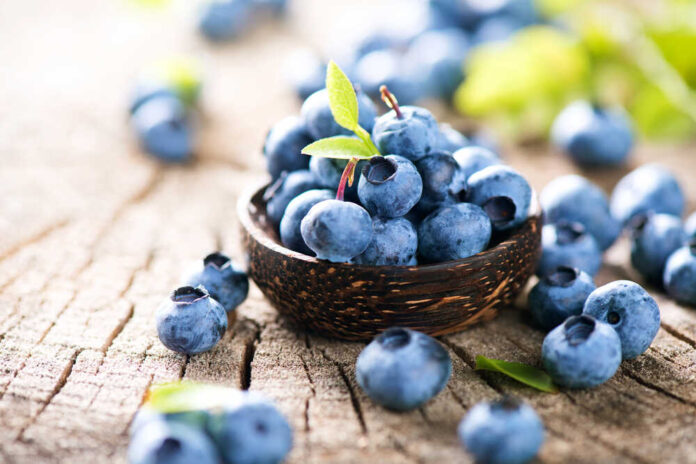
The Environmental Working Group (EWG) recently released their 2023 Shopper’s Guide to Pesticides in Produce, which highlights the fruits and vegetables with the highest and lowest amounts of pesticides.
The guide serves as a crucial tool for consumers to make informed choices about the produce they purchase.
This year, blueberries and green beans have been added to their Dirty Dozen list due to concerning levels of pesticide residues.
The Dirty Dozen and Clean Fifteen Lists
Each year, the EWG compiles data from the Department of Agriculture and the Food and Drug Administration to create two lists: the Dirty Dozen and the Clean Fifteen.
The 2023 Dirty Dozen list includes:
- Strawberries
- Spinach
- Kale, collard, and mustard greens
- Peaches
- Pears
- Nectarines
- Apples
- Grapes
- Bell and hot peppers
- Cherries
- Blueberries
- Green beans
The Dirty Dozen lists the 12 conventionally grown fruits and vegetables with the highest amounts of pesticide residues.
The Clean Fifteen identifies those with the lowest amounts or no traces of pesticides.
The 2023 Clean Fifteen list includes:
- Avocado
- Sweet corn
- Pineapple
- Onion
- Papaya
- Sweet peas (frozen)
- Asparagus
- Honeydew melon
- Kiwi
- Cabbage
- Mushrooms
- Mangoes
- Sweet Potatoes
- Watermelon
- Carrots
What These Lists Mean for Your Shopping
When you shop in the produce section of your grocery store, you’ll often be faced with the option between the more expensive organic varieties and the less expensive non-organic varieties.
You may wonder to yourself—is buying the organic version really worth the extra money?
This is exactly what the EWG’s Dirty Dozen and Clean Fifteen lists are for.
They provide consumers with the information needed to make informed decisions about which fruits and vegetables are most important to purchase organic and which ones are relatively safe to buy conventionally grown.
If you are buying something that is on the Dirty Dozen list, such as blueberries or green beans, it is recommended to opt for the certified USDA Organic version to reduce your exposure to potentially harmful pesticides.
On the other hand, items on the Clean Fifteen list have been found to contain low levels of pesticide residues, making them safer options even when conventionally grown. While it is still preferable to purchase organic produce whenever possible, you can feel more confident about buying conventionally grown versions of items on the Clean Fifteen list.
Health Risks Posed by Pesticides
Pesticides are designed to kill living organisms like insects, plants, and fungi, but they can also pose health dangers to people. These dangers include cancer, hormone disruption, and brain and nervous system toxicity.
Children are especially vulnerable to the health harms associated with pesticide exposure.
Although most pesticide residues found by the USDA and FDA fall below government limits and are legal, these limits don’t always indicate what’s safe for human consumption.
With the help of organizations like the EWG, consumers can make more informed decisions about the produce they buy, helping to minimize pesticide exposure and promote overall health.






















